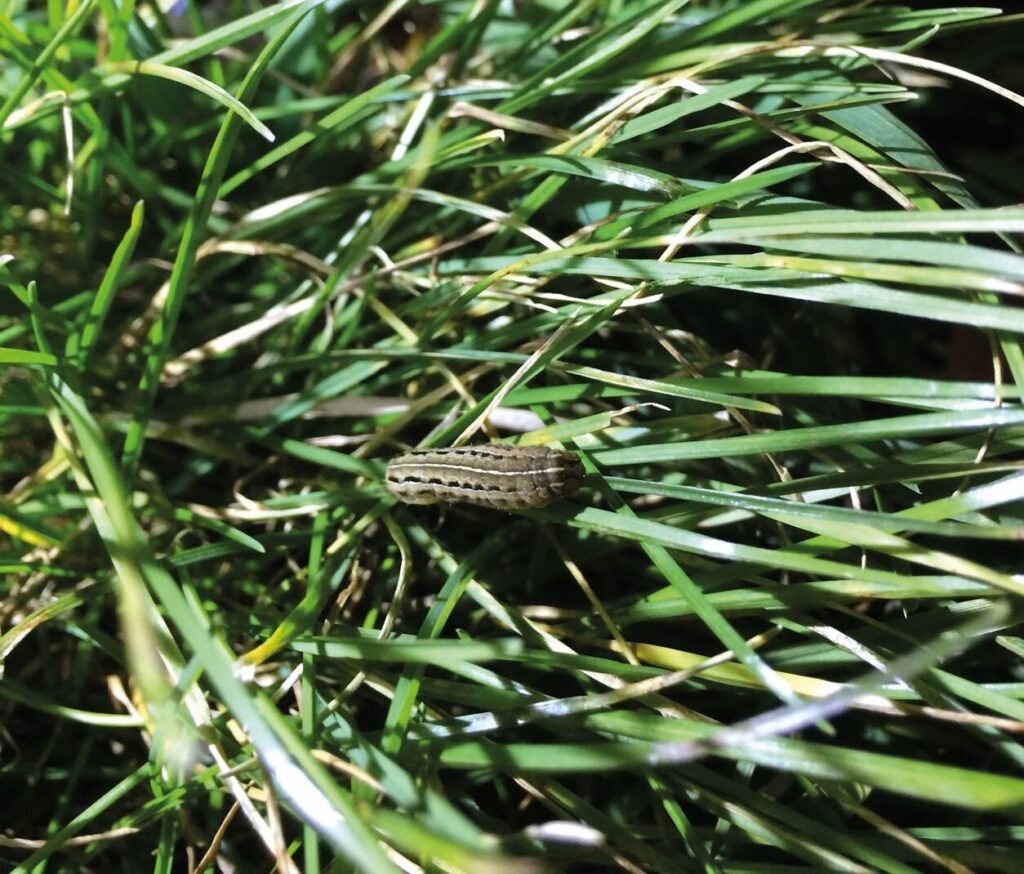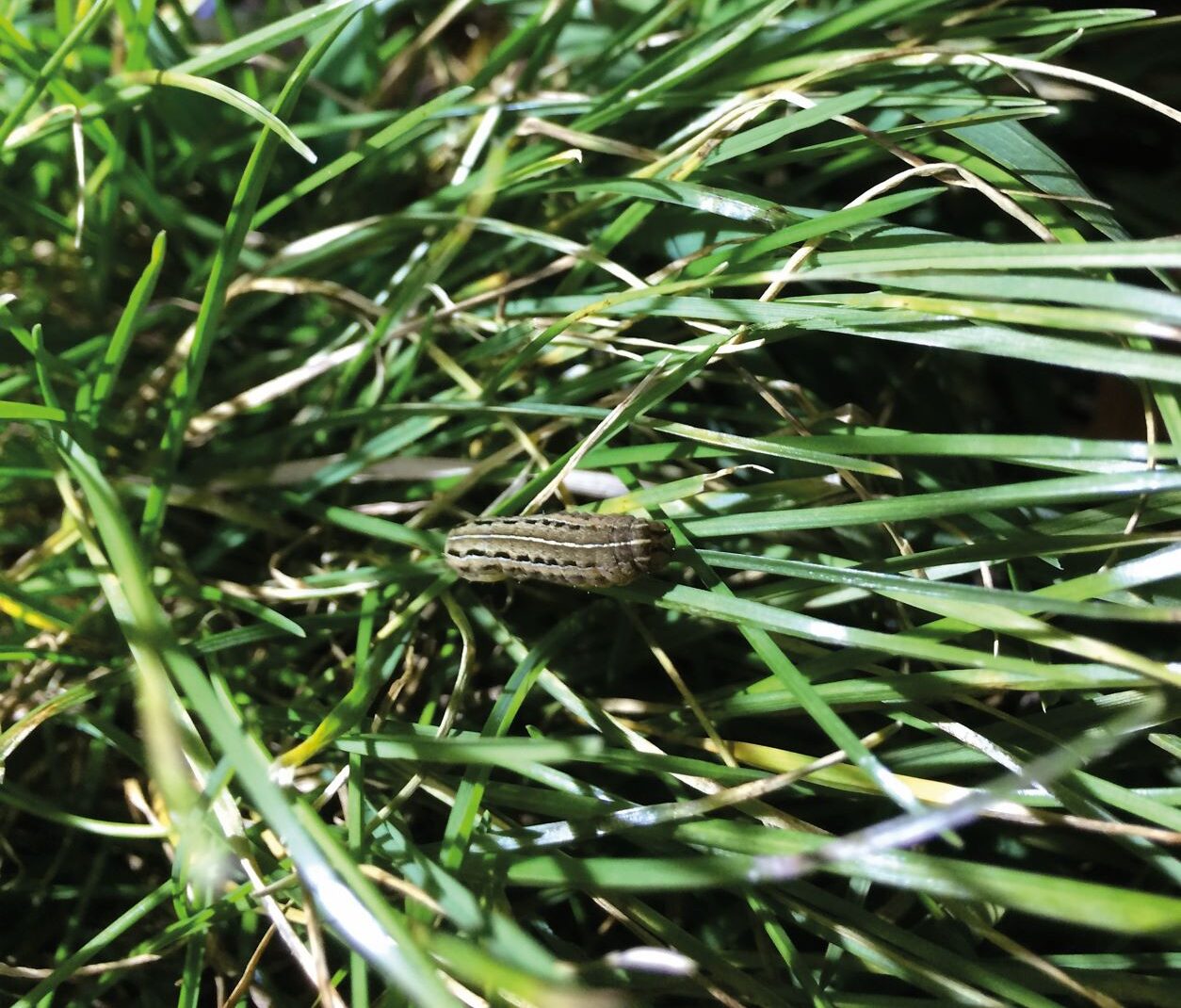Biological recording is vital in helping to improve understanding of species distributions and population trends, but its importance does not end there. John Hall and Chris Gibson explain how species records, particularly those of moths, played an influential role in the Public Inquiry and eventual rejection of a planning application in Essex, and offer tips for anyone involved in similar cases.
In November 2017, Lawford, in north Essex, woke up to the news of a planning application for 110 new houses on a greenfield site at the edge of the village. The 6.9ha grassland, known as Lawford Tye Field, had never been considered for development before. Local wildlife enthusiasts knew it as a good area to see various birds, insects and flowers – but not sufficiently so for it to be afforded any official designations.


